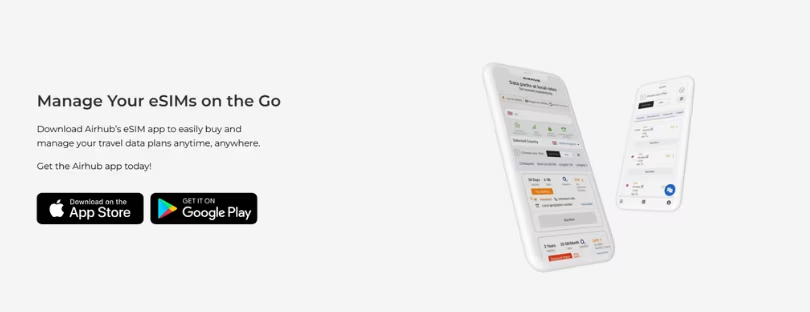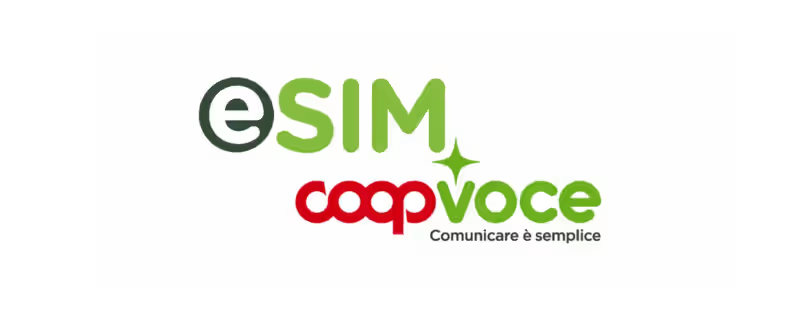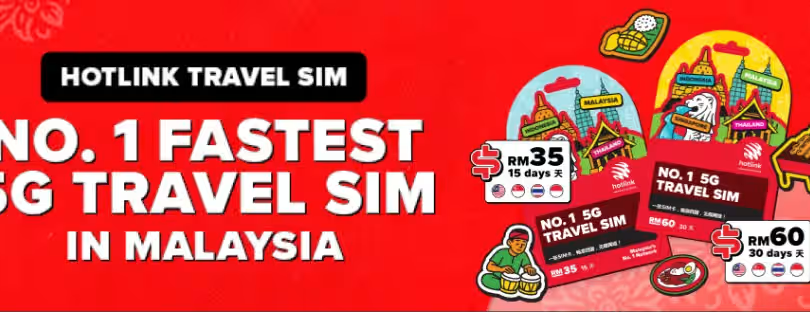
Cheap eSIM: How to Save Big on Travel Data Without Getting Burned
If you’ve ever landed in a new country, switched off airplane mode, and immediately felt your heart stop at the sight of roaming rates, congratulations—you’re like the rest of us. And if you’ve already discovered eSIMs, then you’ve probably also discovered that they come in all shapes, sizes… and prices. Some are amazing value. Others? Let’s just say they cost as much as a nice dinner for two in Paris.
But here’s the good news: cheap eSIMs are absolutely a thing—and no, cheap doesn’t have to mean terrible. In fact, some of the most affordable eSIM plans on the market right now are surprisingly fast, surprisingly flexible, and surprisingly traveler-friendly. So today we’re diving into the world of cheap eSIMs, how they work, how not to get scammed, and how to squeeze the absolute best value out of them when you travel.
Grab your coffee. Let’s talk travel savings.
First: why is everyone suddenly talking about cheap eSIMs?
Because they’re finally mainstream.
A few years ago, eSIMs were a niche little tech perk reserved for tech enthusiasts and early adopters. Fast forward to today, and you’ve got:
- Apple is pushing eSIM-only iPhones in the US
- Airlines promoting eSIMs as the “better way to stay connected abroad”
- Budget travelers actively compare eSIM deals the way they used to compare hostel prices
- Providers popping up left and right with regional, global, unlimited, and micro-plans for every kind of traveler
This boom has created competition. And competition creates one beautiful thing: lower prices.
What exactly counts as a “cheap eSIM”?
Let’s keep it simple. A cheap eSIM is:
- Affordable for the country or region you’re visiting
- Easy to activate
- Reliable enough that you’re not stuck refreshing Google Maps like you’re in 2007
- Clearly cheaper than your home carrier’s roaming fees (which… let’s be honest, is not hard)
In most destinations, a cheap eSIM usually means something like:
- 1 GB for €1–€3
- 3–5 GB for €5–€12
- Regional plans under €20
- Global plans under €30 (these are rarer, but yes, you can find them)
If you’re seeing a plan that’s double these price ranges, it might still be good—but it’s definitely not “cheap.”
Cheap doesn’t mean low quality—but it does mean you need to know what you’re buying
Here’s where most travelers get confused: cheap eSIMs aren’t cheap because the networks are slow. They’re cheap because:
- Many providers rent wholesale data from major carriers (same towers, lower cost).
- They sell prepaid-only plans with no contracts or add-ons.
- They compete on price, not branding.
- They expect travelers to use short bursts of data, not months of heavy streaming.
So yes—your €3 eSIM for Thailand might actually be using AIS or DTAC. Your €5 Spain eSIM might run on Orange. Your €2 UAE plan might connect through Du or Etisalat (though you may get throttled at times—the UAE is a whole different story).
The point? Cheap doesn’t automatically mean low quality. But you do need to read the details.
Look for:
- Supported networks (the big ones are usually better)
- LTE/5G support
- Whether the plan includes a hotspot (not always!)
- Whether the validity period makes sense for your trip
- If it’s data-only or includes calls
This is why travelers love eSIM comparison tools—they save a ton of scrolling.
The biggest myth: “The cheapest eSIM is always the best.”
If only.
Cheap is great. We all love cheap. But the cheapest eSIM isn’t always the smartest buy. Let’s say you’re traveling to the US. You find a 1GB plan for €3. Amazing deal, right? Except:
- You want to use Google Maps
- You want to post on Instagram
- You want to book an Uber
- You want to check your email
- You want to stream a little on YouTube while waiting for boarding
Boom. In 24 hours that 1GB is gone. Now you’re buying top-ups. And guess what? That cheap plan is suddenly not cheap anymore.
In many cases, paying €2 or €3 more upfront for 3GB, 5GB, or even 10GB saves you money and headache later.
So the real question isn’t
“What is the cheapest eSIM?”
It’s:
“What is the best-value eSIM for my trip?”
That’s the mindset shift that actually saves money.
The safest way to buy cheap eSIMs
If you’ve ever searched “cheap eSIM for Italy” on Google, you’ve seen it: a wild mix of legit brands, sketchy brands, reseller brands, and websites that look like they were designed in 2013.
So how do you avoid the headache?
Stick to providers with:
- Clear refund policies
- Transparent coverage maps
- No hidden throttling
- Real reviews
- Instant delivery
Also, and this is the part many travelers forget: buy from platforms that aggregate multiple providers—you’ll always find cheaper prices because you’re comparing dozens of offers instead of one.
And never—seriously, never—buy an eSIM from a random “promo code” blog you’ve never heard of. Cheap deals are great, but safety matters.
When a cheap eSIM can actually save your trip
Let’s paint a picture.
You land in Istanbul. Your home carrier wants to charge you €99 for a “travel pass.” You laugh. You open your eSIM app and buy a 5GB plan for €6. It installs instantly. You get online. Your taxi app works. Your hotel check-in QR code loads. You find your Airbnb. You text your family. You don’t have to hunt down a physical SIM card kiosk. And you saved—no exaggeration—over €90.
Cheap eSIMs aren’t just about saving a few euros.
They’re about:
- Convenience
- Stress-free travel
- Immediately having data when you land
- Avoiding surprise bills
- Staying connected without jumping through hoops
And yes, saving money. Lots of it.
Tips to maximize a cheap eSIM and make it last longer
Because we all like squeezing value out of every megabyte.
1. Turn off background app refresh
Half of your data disappears into apps you didn’t open.
2. Use maps offline
Every major map app lets you download cities in advance.
3. Switch to Lite versions of apps
Facebook Lite, Messenger Lite, and YouTube Lite—they save insane amounts of data.
4. Turn off autoplay.
Instagram and TikTok will burn your data like they’re on a mission.
5. Use eSIM + Wi-Fi combo
Hotels, airports, cafés. Your eSIM becomes a safety net, not the main driver.
These tiny tweaks stretch your plan from “barely enough” to “wow, I still have data left?”
So… are cheap eSIMs worth it?
Absolutely—as long as you’re getting the right plan for your trip.
Cheap eSIMs are one of the easiest travel hacks available right now. They save time, money, and frustration. They keep you connected without the usual roaming drama. And they’re flexible enough that you can pick the perfect plan for a weekend getaway, a business trip, or a three-month remote work adventure.
Travel is already expensive enough—flights, food, hotels, luggage that mysteriously grows heavier on the way home. Connectivity shouldn’t be another painful line item.
And thanks to cheap eSIMs, it doesn’t have to be.











